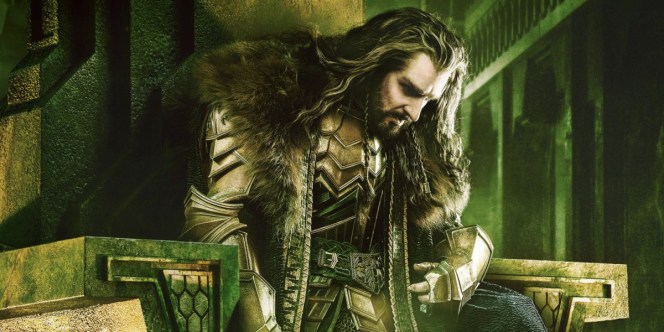When Peter Jackson first announced that he’d be directing The Hobbit films the excitement amongst Rings fans was unreal. Jackson’s original vision of Middle Earth was so iconic that many people including myself had already pictured the novel styled like The Lord of the Rings in their mind’s eye. Upon the release of the first Hobbit film however, many fans of the original trilogy were split. There were those who dismissed it as a messy money grab, others who loved the return to Middle Earth and then people like me who thought “well, it’s good… but it could have been so much better!”
Perhaps one of the most obvious problems The Hobbit Trilogy faced was how to deal with it’s big brother. The Lord of the Rings was so well received by audiences that the pressure on the filmmakers to appease long standing fans was unreal. Unfortunately the decision made to address this issue was to retread old paths – The Hobbit Trilogy has so many moments, character relationships, even dialogue seemingly copied and pasted from The Lord of the Rings and updated for The Hobbit. Admittedly some of this is in the original text – Thorin and Boromir both share a mad love for powerful jewels, giant eagles are always the cheap solution to serious problems and Gandalf likes to disappear and return just when everyone needs him. However, so much of the repetition was completely avoidable. We don’t need Legolas stealing Aragon’s “bred for one purpose” line, nor does it make any sense that Azog struts around to the iconic theme of the ringwraiths and we really don’t need another elf romance just because Rings got one. Moments like this made The Hobbit feel cheap, like there was only so much originality Middle Earth could offer and that the makers had simply run out of ideas so were having to reuse old ones.
The Hobbit worked best when it felt like it was in the same world as Rings, but wasn’t trying to be it. The dinner party with the dwarves, Gollum’s riddles, the barrel chase, Smaug’s awakening – there are some iconic, breathtaking moments in these films so it’s a shame that their overall quality is dragged down by copy and paste filmmaking. JC
